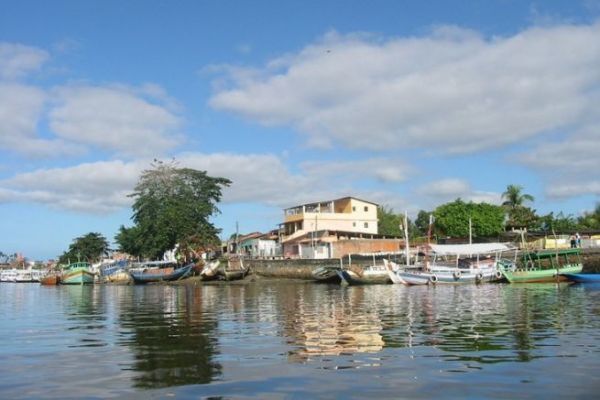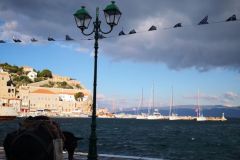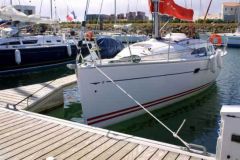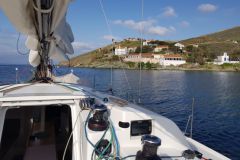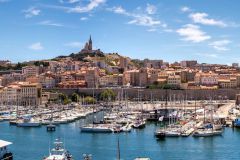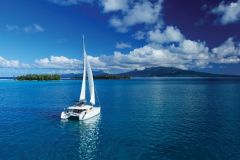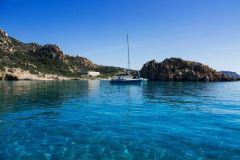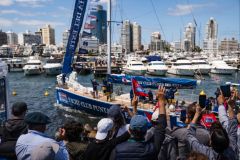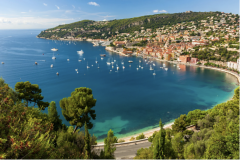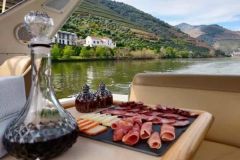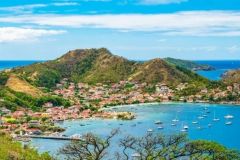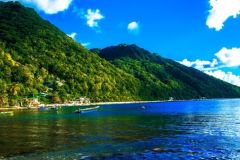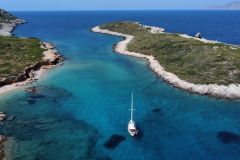The Bay of All Saints is more than just the famous city of Salvador de Bahia, while not lacking in attractions . Here is a selection of the riches of Brazil's largest bay.
Aratu
Aratu is an imposing grain port. It shares the river estuary with a Ro-Ro terminal...
Not very poetic, of course. However, this perfectly protected anchorage at the bottom of the fjord is well worth the detour. There's a peaceful village and 3 marinas where you can leave your boat if necessary.
Itaparica
A dozen miles from Salvador, Itaparica is the largest island in the bay, which is home to 55 others. Its seaside resort is very popular with the Baianese, thanks to its proximity and accessibility. A coral reef breaks the swell from the open sea, making it comfortable to anchor on a sandy bottom. The nearby marina has a pontoon available for dinghies. Much of the local population lives modestly, and it is unfortunately necessary to take all the measures customary in Brazil to avoid theft.
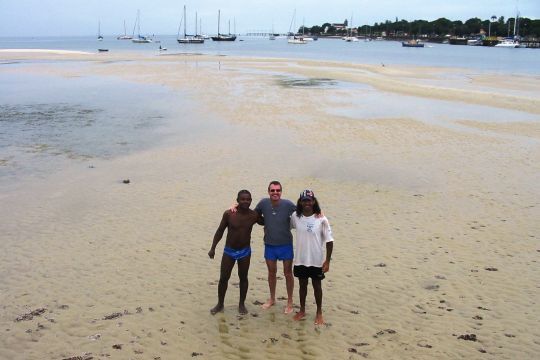
Itororo
Ten miles further south, another dream anchorage in clear, calm waters. This is Itororo, on the island of Matarandiba. A spring gushes out from between the stones, amidst the exuberant vegetation. All here is peace and serenity.
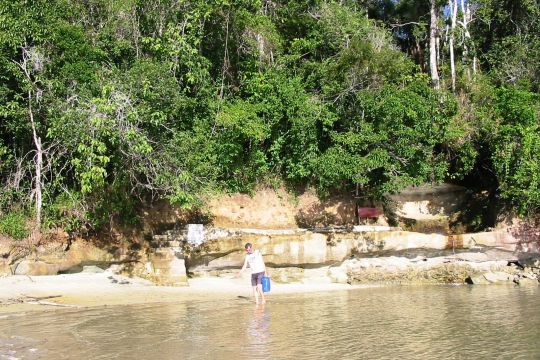
The Paraguaçu River
The banks of the Paraguaçu River, covered in lush vegetation, are sparsely dotted with a small clearing housing a few humans... We anchor in front of the town of Maragogipe.
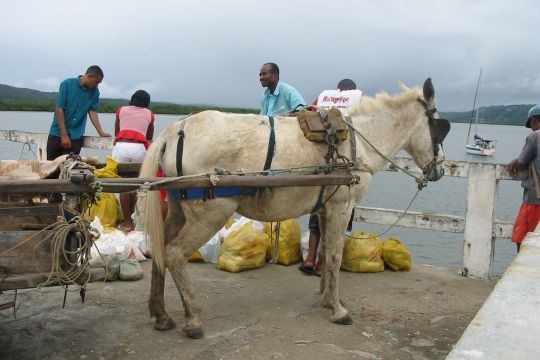
Few tourists here. The wide, clean cobbled streets are lined with several unfinished dwellings. Although not miserable, the area is not very prosperous either... The town is subject to flooding. Almost all the houses have more or less elaborate metal grilles on the doors and windows. Numerous squares, sparsely planted with trees and public benches, allow strollers to contemplate scenes of ordinary life, picturesque and colorful.
Cachoiera
Cachoeira, a charming old colonial town, is very lively. It can be reached by road from Maragogipe. However, it is accessible to boats of up to 2.50 m draught.
There are plenty of interesting things to see here, including museums and an artisan cigar factory.
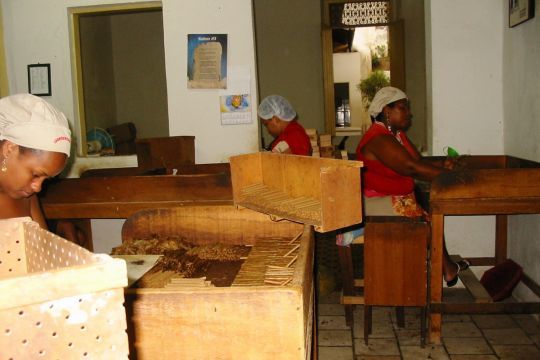
Crossing the river over the old metal bridge with its haphazard planks can be a real trip down memory lane...
Gamboa on Tinharé Island
The village of Gamboa, virtually inaccessible by land, is a popular tourist destination. Connections are mainly by sea, with canotes a dozen meters long. A few speedboats and overpowered RIBs complete the range of transport options. A large white sandy beach, coconut palms, low-slung houses, a few warm beer gardens with plastic tables and brightly-colored umbrellas: this is the sight that unfolds when you wake up in the morning...
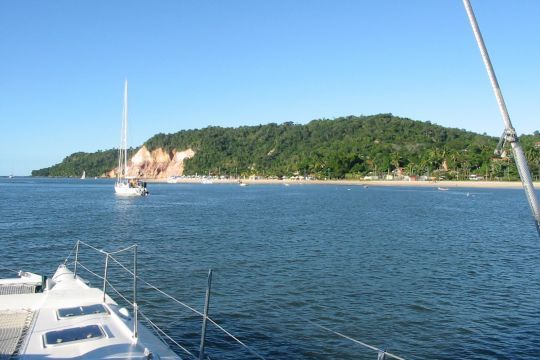
The beaches of Morro de Sao Paulo
A natural spring produces a red mud to which the locals have attributed all sorts of virtues. They happily frolic in it, some to lose weight, some to get younger, some to get healthy... At the Morro Point lighthouse, a rudimentary gatehouse houses an attendant who charges passers-by a special fee to visit what they call the Saint-Tropez of the Bahianese. In fact, this small town is imbued with a cheerful, jovial atmosphere that makes it a perfect place for lazing around.
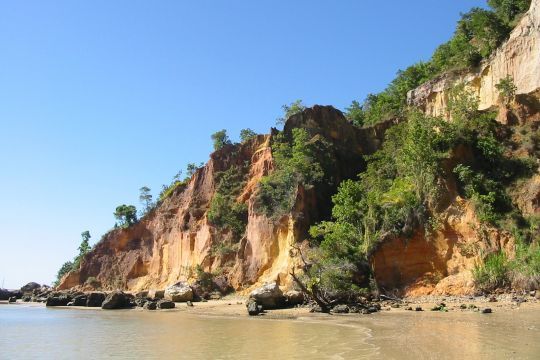
Sailing in the countryside
Between the islands of Tinharé and Cairù, on the way to Boipeba, the canals are narrow and the banks so lush that, in some passages, the landscape is more green than blue!
Navigation is carried out with a high degree of vigilance to echo sounder indications, essential if you are to reach Canavieiras without running aground.
Canavieiras
Located on the island of Tinharé, this small fishing village is one of Bahia's largest oyster beds . It's nestled in a maritime crossroads formed by three islands and the mainland. It's calm, serene, simply enchanting... A few floating restaurants offer unforgettable encounters with the friendly locals. Canavieiras is one of the protected areas where natural resources are used sustainably. Small monkeys leap gracefully from branch to branch, watching the bipeds from the corner of their eyes.
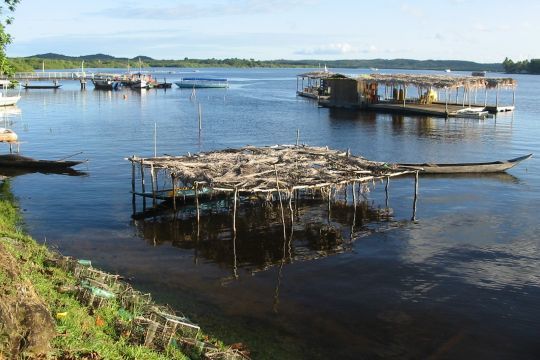
Boipeba
Only a small arm of four and a half miles separates Canavieiras from the island of Boipeba. It bears the friendly name of â??eurosRio de Infernoâeurosâ?.âeuros The channel is tortuous and shallow in places. Porto de Boipeba is reached by dinghy. Narrow, marshy sandy paths allow you to discover this UNESCO-listed island rich in biodiversity. An original local cab consists of an agricultural tractor towing a wooden cart, equipped with planks for seats...

A visit to Valença, a city of 100âeuros000 inhabitants, can bring this exciting cruise to a close, immersing you in the hustle and bustle of city life, in stark contrast to the gentle lifestyle of previous ports of call.

 /
/ 